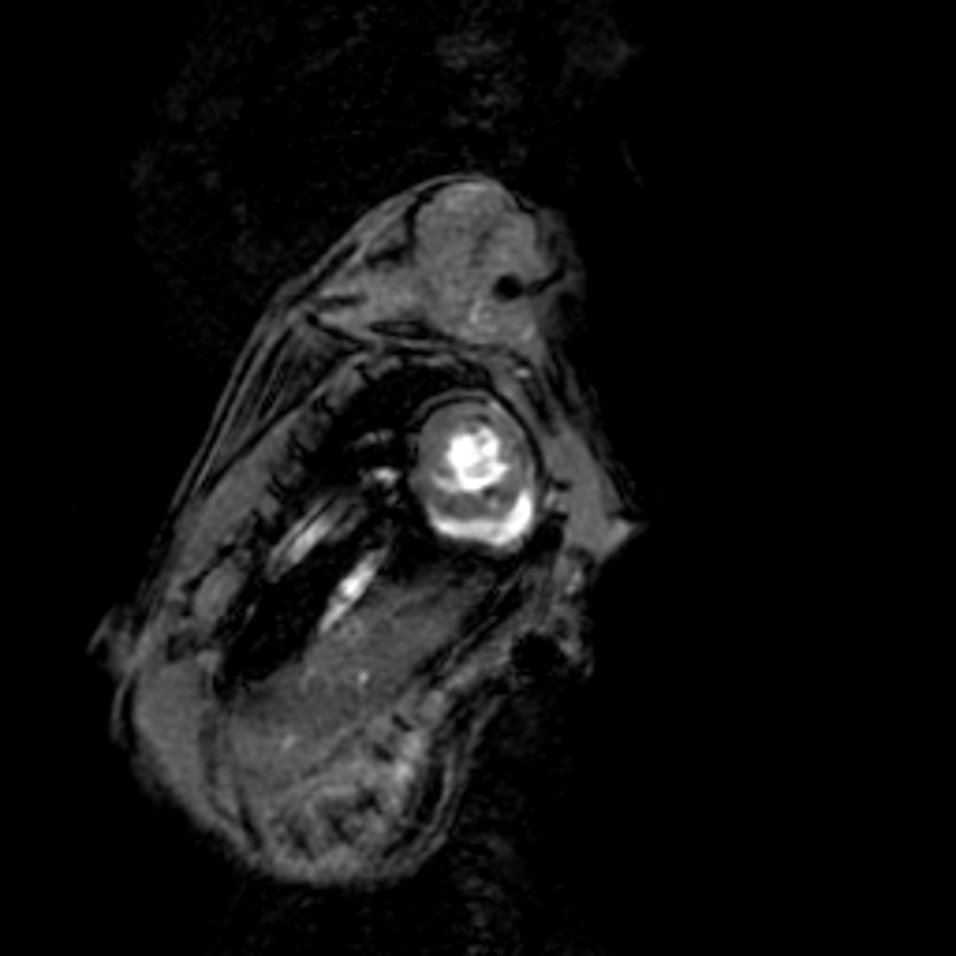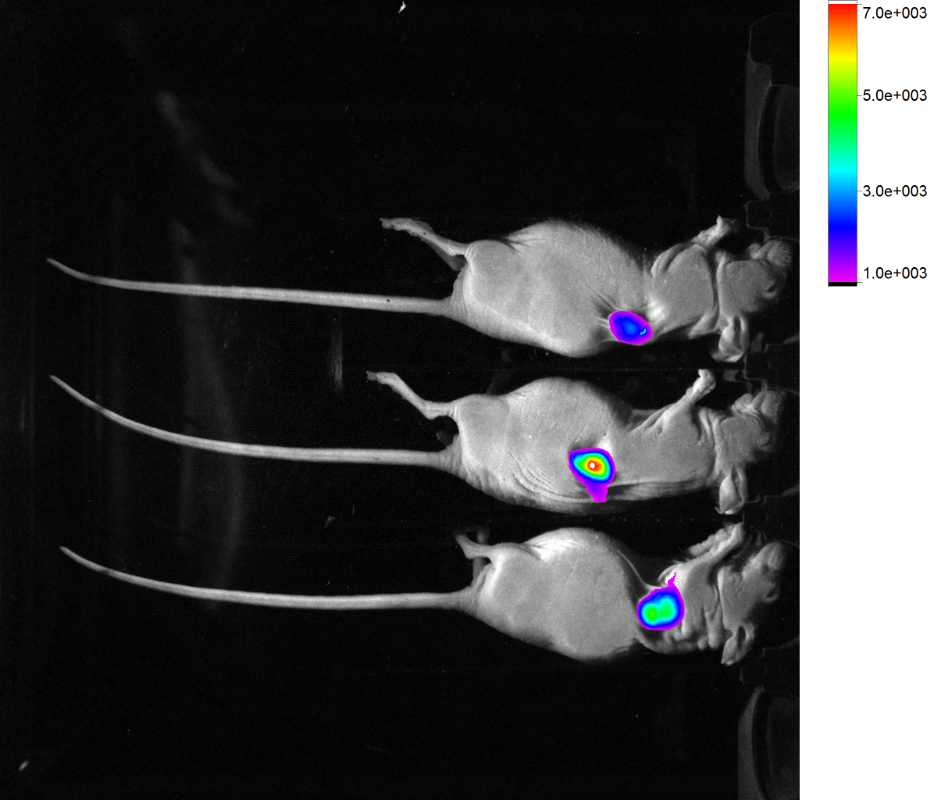CZECH REPUBLIC
Center for Advanced Preclinical Imaging (CAPI)
The Center for Advanced Preclinical Imaging (CAPI) at the First Faculty of Medicine, Charles University is a single-sited, multimodal Czech-BioImaging and Euro-BioImaging Node covering a wide range of biomedical imaging modalities at the preclinical level. CAPI offers its expertise in in vivo preclinical research, multimodal image co-registration, and contrast media characterization.

Specialties and expertise of the Node
CAPI is the only multimodal imaging center in the Czech Republic, being part of Czech-BioImaging Node since 2016 and since 2021 it offers its services to the Euro-BioImaging users as well.
CAPI is oriented primarily on in vivo preclinical imaging of small laboratory animals (mice and rats). Range of methods together with laboratory background enables to work on projects focused on various fields of biomedical research, development of new diagnostic/theranostic procedures, tracer development and testing, and also material research.
Examples of research application areas cover cancer research studies on immunocompetent, immunodeficient, and PDX mice, neurology studies including neurodegenerative diseases, functional cardiology studies, vascularization, and also development and characterization of new contrast agents. We are approved for radiation work (open and closed sources of ionizing radiation), and GMO (including GMO-2 cell lines). Our SPF animal facility enables to breed and maintain various transgenic mouse and rat models. We are equipped and skilled for microsurgery, whole-body irradiation (60Co irradiator), stem cell transplantation and tracking, and hematology/immunology characterization.
Our team collaborates with customers on experimental setup, obtaining approvals on experimental animal research, data evaluation and interpretation, and also on publication of results for the given problem in the area of preclinical research.

Offered Technologies
| Technologies |
| micro-MRI/MRS (>= 7T) |
| micro-MRI/MRS (< 7T) |
| micro-CT |
| micro-PET |
| micro-SPECT |
| micro-US |
| in vivo Optical Imaging |
| Photoacoustic Imaging (PAI) - med |
| micro-PET/MRI |
| micro-PET/CT |
| micro-SPECT/CT |
| micro-MRI/MRS (< 7T) - ex-vivo |
| micro-MRI/MRS (>= 7T) - ex-vivo |
| micro-CT - ex-vivo |
Additional services offered by the Node
- Project planning and methodological setup
- Wet labs
- Cell culture facilities
- Animal breeding and housing (IVCs for mice and rats)
- Development and test/validation of novel imaging probes
- Chemistry/radiochemistry labs for analytical/physico-chemical characterization of imaging probes
- Separate radiochemistry and dissection lab – cryotome, autoradiography, auto gamma-counter, radio-HPLC
- Evaluation of material magnetic properties – relaxometer 0.5T
- Data processing and analysis
- Data storage
- 3D print (FDM and SLA printers)
- Flow cytometry lab – imaging flow cytometer, multicolor analysis and sorting
- Molecular biology lab - rtPCR
Instrument highlights
1T MRI high throughput machine for basic anatomical screening of mice and rats, possibility of colocalization with PET/SPECT/CT, MPI, OI
7T MRI precise anatomical imaging, MR spectroscopy, diffusion weighted imaging, time-resolved imaging (heart imaging with both prospective and retrospective gating), quantitative imaging (diffusion tensor imaging, relaxometry), X-nuclei imaging and spectroscopy
MPI 3D in vivo imaging (i.e., imaging of distribution of the injected magnetic tracer) with 20-ms temporal resolution, possibility to quantify the tracer amount. Suitable for tumor imaging and in situ, hyperthermia therapy (MFH), acute stroke detection, molecular imaging, stem cell tracking, characterization of magnetic nanoparticles, targeted tissue imaging.
US & PA or multimodal imaging in oncology (tumor detection & sizing in 2D + 3D, vascularization, hypoxia), molecular biology (characterization of nanoparticles, dyes and contrast agents; drug delivery and pharmacokinetic, cell tracking), neurobiology (oxygen saturation, total hemoglobin and blood flow velocity), cardiology (cardiac function in 2D, 3D and 4D, ischemia & hypoxia). Available transducers are
· MX201 (10-22MHz, Centre Transmit: 15 MHz) - mouse whole body imaging, brain (mouse, rat), cardiovascular and abdominal imaging, tumor imaging, neurobiology
· MX400 (20-46 MHz, Centre Transmit: 30 MHz) - mouse abdominal imaging, vascular imaging, embryology, lymph nodes, tumor imaging
· MX550D (25-55 MHz, Centre Transmit: 40 MHz) - mouse & Rat eye imaging, skin, abdominal & microvasculature imaging, lymphatics & reproductive imaging MX700 (29-71 MHz, Centre Transmit: 50 MHz) - vascular, embryology, superficial tissue, ophthalmology imaging
Contact details
Ludek Sefc, Head of Department sefc@cesnet.cz
Pavla Francova, Project Coordinator pavla.francova@lf1.cuni.cz
CAPI website https://capi.lf1.cuni.cz/en
Additional sections and material



